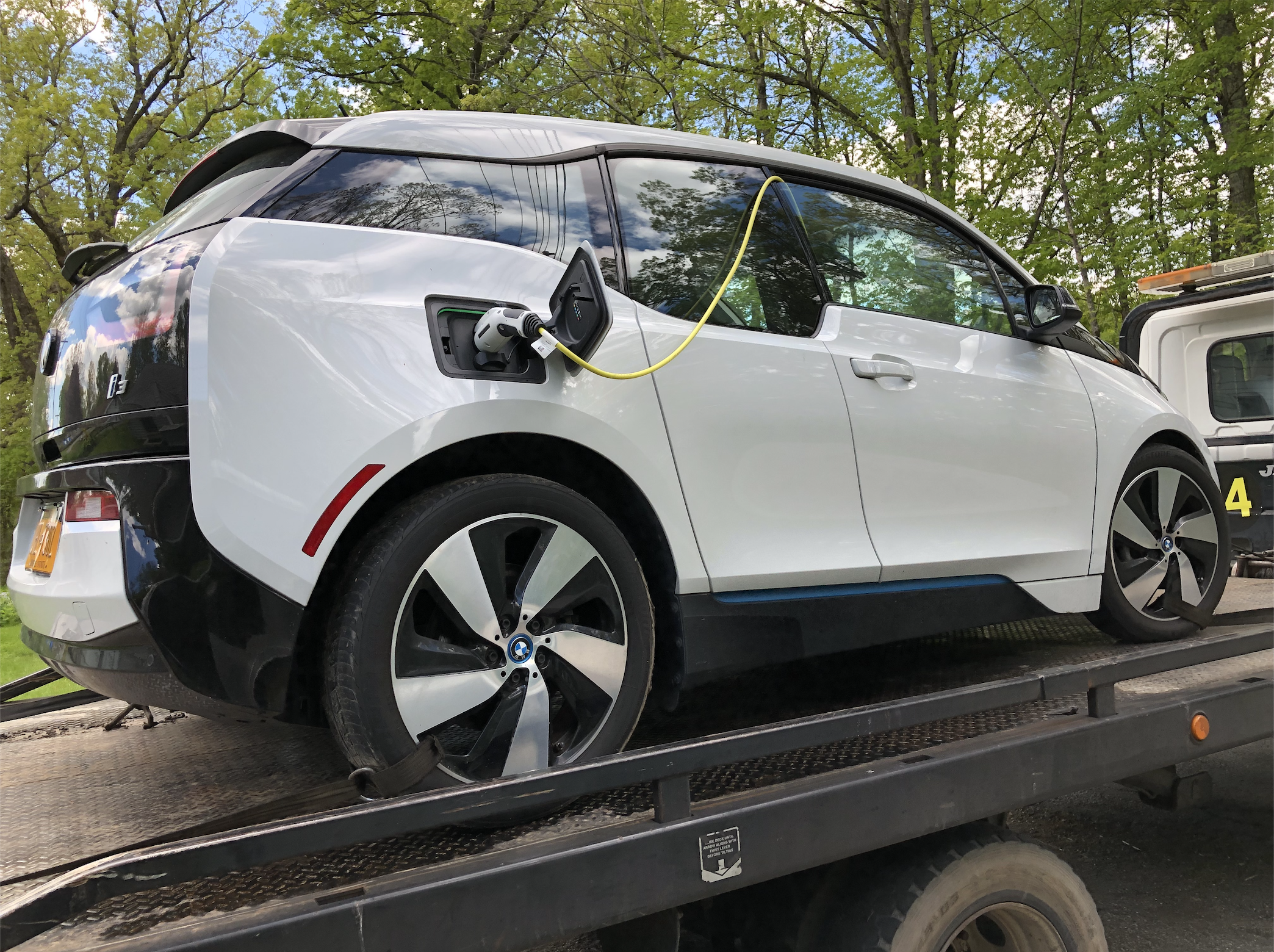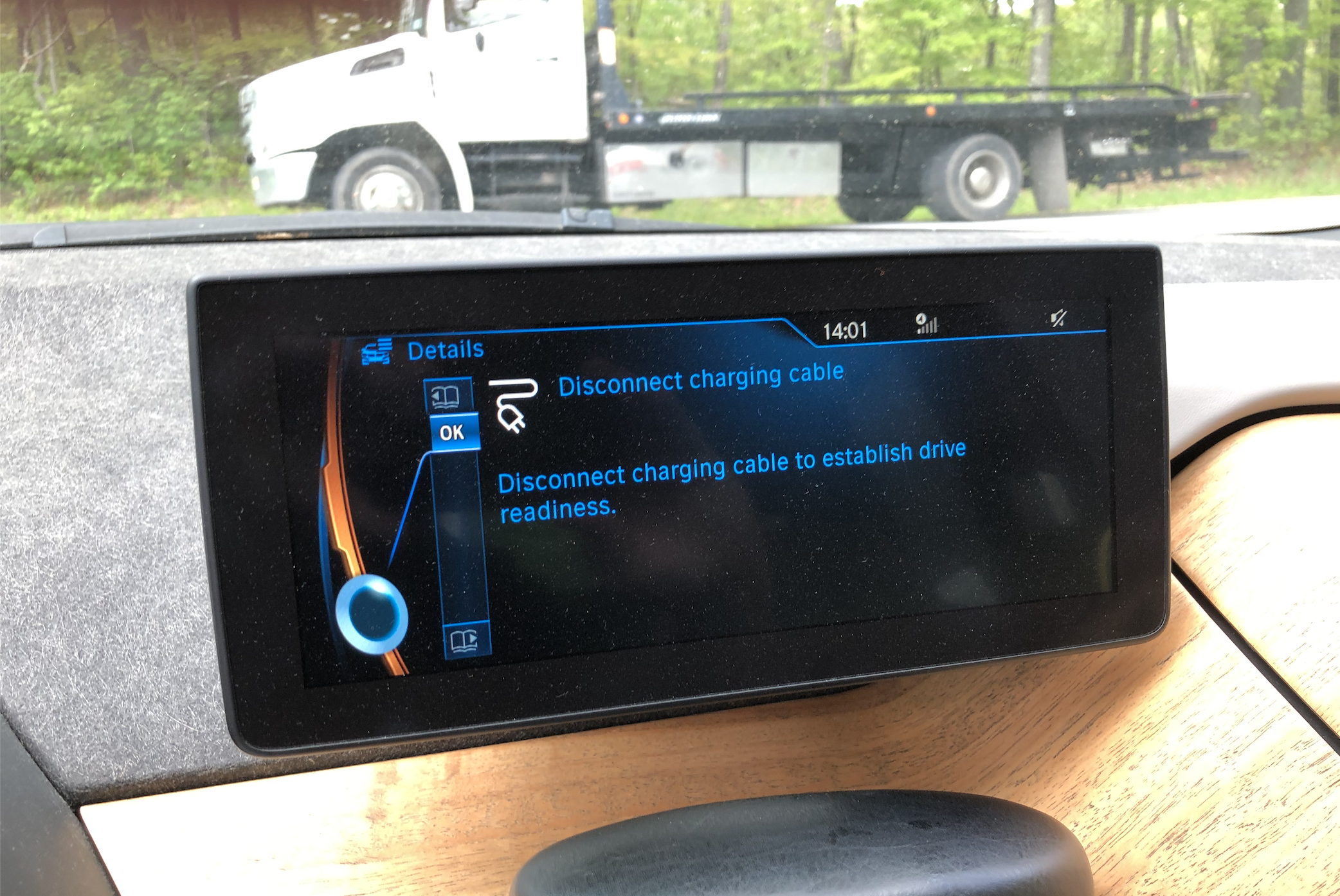alohart said:With the high-voltage system disconnected, drive readiness state cannot be entered, so nothing that requires this state would function. However, some lower operation state can be entered as indicated by the instrument screen turning on with a message stating that the high-voltage system is disconnected, so I think it's likely that the windows could be raised and lowered, but shifting into neutral might be possible only in drive readiness state.
So since the HV battery had a full charge, could I safely connect my portable 12v jump starter to the 12v battery without disconnecting the HV battery and thus be able to activate drive readiness, shift to neutral, and thus be able to move the car out of the driveway and into the garage? Or are you saying that there is absolutely no way to move the car if the 12v battery is dead?
Hmmm... I just browsed my manual and it definitely says not to connect a jump starter to the 12v battery with the HV battery engaged. It also says that the only way to "push" the vehicle is with the drive selector in neutral, but also says "If there are electrical malfunctions it may happen that you can't change the selector lever position". So I would infer from this that with a dead 12v battery you are just screwed and cannot move the vehicle? Seems to me that this could potentially be a significant safety issue, depending upon where you are when the 12v battery dies...


























![300W Car Power Inverter 12V to 110V,PiSFAU DC to AC Car Plug in Adapter Outlet with Multi USB[24W USB-C] /USB-Fast Charger(24W) Car Inverter,Car Charger for Laptop Vehicles Road Trip Essentials](https://m.media-amazon.com/images/I/41-KedJShYL._SL500_.jpg)























